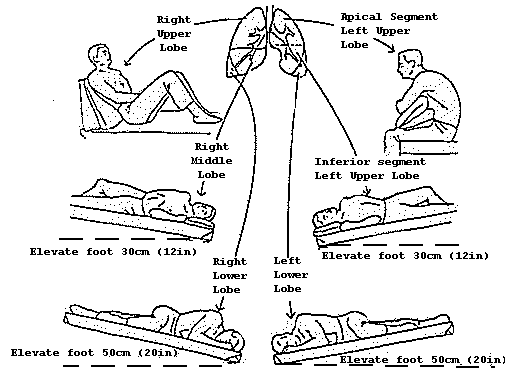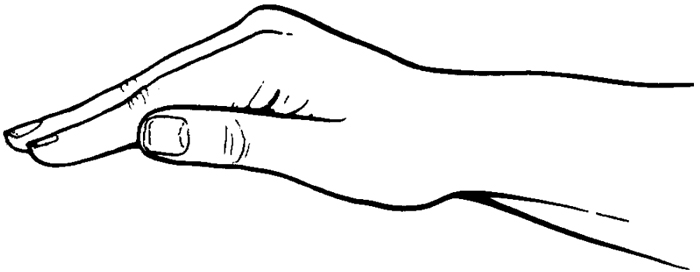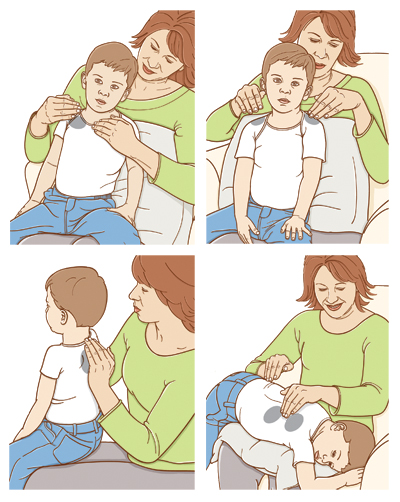Can Chest Physiotherapy Be Given To Restless Patients?
Chest Physiotherapy is an umbrella term that covers cardiovascular and pulmonary physiotherapy in patients of all ages and with different conditions. The conditions might include lung diseases, cardiovascular, post-malignancy, post-surgical conditions, long term bed-ridden patients, neurological conditions, etc.
Our respiratory system consists of Lungs and respiratory tracts.
Respiratory tracts are lined by epithelium on which cilium are present. Cilia is a hair shaped structure, and normally mucus are produced by the epithelium to protect the tract from infection. So all the pathogens, microorganisms and dust particles entering the tract are trapped in this mucus layer and removed out through cilia. To maintain good respiratory health, it is necessary for one to have efficient clearing of secretions from the airway.
In normal healthy individual this is achieved by
- Mucociliary clearance system and
- Ability to cough
Mucociliary system as Escalator
Mucus are produced by epithelium lining of the tract. These mucus provides movements to cilia that keep continuously beating and pushing mucus upwards towards mouth. That is, this system works as an Escalator that drives one way movement. The mucus or secretions driven towards throat are coughed up and removed.
This normal mechanism keeps the airway clear to breath. But due to infection or any other diseases or if active coughing is not possible the amount of secretion increases and muco-ciliary clearance decreases. So the mucus builds up that further increases infection, inflammation and that ultimately damages the lungs
In such conditions chest physiotherapy are recommended.
Chest physiotherapy includes
- Postural drainage
- Percussion
- Vibrations
- Shaking
- Huffing and coughing
- Breathing exercises
- Mobility of patients
Postural Drainage
This is a technique with an idea to use gravity to drain mucus from lungs or airways by assuming various positions. The main aim of postural drainage is to move mucus to central airway from where it is removed by coughing or suctioning.

Percussions, Vibrations and Shaking
These are manual techniques by therapist with hands, mainly to break down mucus from lung wall and to allow the secretions to move till central airways from where it can be removed.

Huffing and Coughing
They are breathing techniques done actively to remove mucus from airway. This includes active breathing, holding breath and then forcefully exhaling.
Breathing Exercises
Deep breathing exercises along with goal oriented breathing to expand the lungs fully.
Chest physiotherapy are the techniques done by physiotherapists to mobilise secretions from the lung and assist removal of secretions from respiratory tract.
- lt is performed in critically ill patients with excess secretions hindring lung functions.
- It helps in removing secretion and allow more oxygen to reach the lungs.so patients can breathe more effectively.
- It prevents infection that might occur by secretion accumulation .
The main goals for this activity are…
- Prevent airway blockage
- Improves ventilation
- Improves breathing
- Improves chest mobility
- Improves over well-being
Chest physiotherapy(CPT) techniques vary according to the condition of the patients as ranging from those in intensive care unit being critically ill to those with prolong illness.
So after proper diagnosis, examination and detailed investigation treatment protocols are planned accordingly.
Different positions are given according to the lobes of lungs to be drained. These positions are to be maintained for 5-10 mins so that gravity will assist drainage. With the help of techniques like percussion, vibrations, shaking, coughing and cough stimulation secretions are loosened and effective drainage is achieved. If active coughing is possible patient is asked to do that to remove secretions and if active coughing is not possible, mechanical suctioning are performed.
With all these techniques secretions are drained. Better results are achieved if CPT is given after nebulisers.
So for a patient in ICU, chest pt begins with postural drainage where positions are changed from side to side and if patient is unconscious so that gravity will assist in removal of secretions.
Postural drainage is actually not a technique but it’s just a position given so that gravity will assist drainage and hence clearing airway secretion.
Can we give chest physiotherapy in unstable patients?
If a patient is admitted in ICU and is critically ill, with lots of secretions to be drained, the doctor advises chest physiotherapy. If the patient is unstable and restless how to give percussion techniques is a big question.
We cannot give percussions, shaking, vibrations in restless as well as unstable patients as all these techniques will worsen their situation. All such techniques are usually very tiring.
If the patient is restless or unstable we have to depend only on postural drainage. Patient’s position are changed from supine to side lying on both sides one by one and these positions are maintained for 10 -15 min. These positioning helps in clearing the airway and lungs with the help of gravity. Then with the help of mechanical suctioning secretions are removed.
If patient can cough, he is asked to do coughing to remove secretions. After a session of these treatments relaxed breathing is taught. Diaphragmatic breathing along with other breathing exercises are to be done to enhance chest expansion .
Spirometer can be used to give objective goal each day and hence improvement can be achieved day by day.
Patient mobility also plays an important role in better lung function. Standing, walking and cycling are to be done stepwise as the conditions improves. Home exercises program. includes cycling , cardio vascular training are very useful and advisable.
So chest physiotherapy forms an important part of an ICU care.
Postural drainage in child

In kids due to infection large amount of secretions builds up that affects the breathing pattern. Chest Physiotherapy should be given to clear the tract to prevent further infection. It should be given twice or thrice daily for effective removal. It should be done early in morning or at bedtime.
